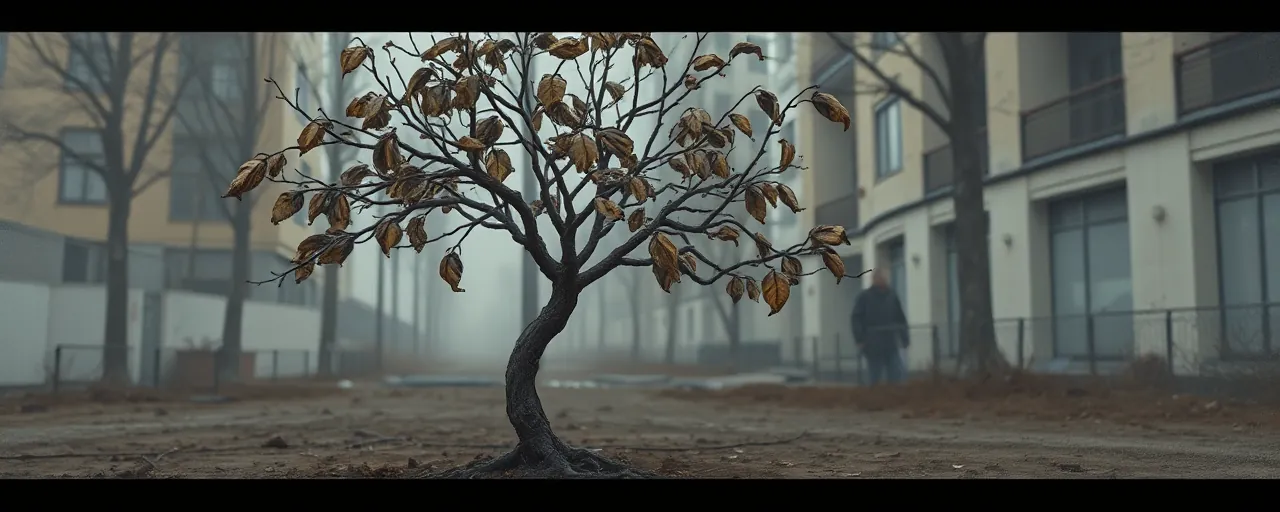A Leafy Vision With a Hefty Price Tag
New York Governor Kathy Hochul rolled out a $15 million grant package this Arbor Day, funneling taxpayer dollars into the Community Reforestation program. The plan? Plant trees across urban areas to cool cities, clean air, and lift community spirits. It’s part of her ambitious 25 Million Trees Initiative, aiming to blanket the state with greenery by 2033. Sounds idyllic, right? But before we get lost in visions of shady parks, let’s talk about what’s really at stake: your hard-earned money and whether this green gamble delivers.
Hochul’s team touts urban forests as a cure-all, from slashing summer heat to boosting mental health. They’re not wrong, trees do cool cities. Studies show urban forests can drop temperatures by up to 10 degrees compared to sun-baked streets. In places like Chicago, trees save millions annually by cutting energy costs and scrubbing pollution. But here’s the catch: New York’s approach leans heavily on government cash, not private ingenuity. Why should taxpayers foot the bill for something the market could handle more efficiently?
The state’s Department of Environmental Conservation is dishing out millions to municipalities, nonprofits, and even universities to plant trees and clear invasive species. Projects span from Syracuse’s food forests to the Bronx River’s riparian revival. It’s a feel-good pitch, especially when you hear about youth volunteers and college students getting involved. Yet, the deeper you dig, the more questions arise about whether this is a sound investment or just another bloated state program dressed up as environmental heroism.
The Case for Trees, and the Case Against Waste
Nobody disputes the value of urban forests. In Louisville, Kentucky, trees generate nearly $400 million a year in benefits, from lower energy bills to fewer heat-related illnesses. New York’s own urban heat island problem, where concrete jungles trap heat, makes tree planting a practical move. The Bronx, for instance, swelters under high heat vulnerability, and projects like the Bronx River Alliance’s $500,000 grant to plant 2,000 trees could ease that burden. Cleaner air, cooler streets, happier residents, it’s a win, right?
But let’s not kid ourselves. Government programs rarely deliver bang for the buck. The CoRe program’s $15 million is just the tip of the iceberg, with $32 million more already sunk into modernizing the Saratoga Tree Nursery and tech upgrades for tracking trees. That’s nearly $50 million committed, and we’re only in year one of a decade-long plan. Historical data on state-led initiatives, like the Conservation Reserve Program, shows that public spending often balloons while results lag. Private landowners, incentivized by tax breaks or carbon credits, could plant trees faster and cheaper without the bureaucratic red tape.
Then there’s the youth engagement angle. Syracuse’s $2 million grant includes Onondaga Earth Corps crews, and the Natural Areas Conservancy’s $3 million project ropes in CUNY fellows. Workforce development sounds noble, but are we training kids for sustainable careers or just padding grant applications with trendy buzzwords? Programs like the Civilian Conservation Corps in the 1930s built lasting infrastructure while employing youth. Today’s efforts risk becoming photo-ops, with kids planting trees that may not survive without long-term care. If we’re serious about jobs, let’s prioritize private-sector apprenticeships in forestry or land management over temporary state-funded gigs.
The Private Sector Could Do It Better
Conservative voices have long championed market-driven solutions over government handouts. The Trillion Trees Act, backed by many Republicans, pushes voluntary reforestation with tax incentives for private landowners. It’s a model New York could learn from. Instead of dumping millions into grants, why not offer tax credits to businesses or homeowners who plant and maintain trees? The New York Power Authority’s Tree Power program, which matches customer tree purchases, is a step in the right direction, planting over 8,000 trees since 2016. Expand that, not the state’s checkbook.
Skeptics of state-led reforestation point to inefficiencies. The Heritage Foundation’s Project 2025 argues for slashing programs like the Conservation Reserve Program, which they see as subsidies masquerading as conservation. New York’s CoRe program risks falling into the same trap, with grants to nonprofits and universities that may prioritize optics over outcomes. SUNY’s $1.7 million for campus “living labs” sounds innovative, but will students’ research translate into real-world gains, or is it just academic busywork funded by taxpayers?
Opponents of this spending spree aren’t anti-tree, they’re anti-waste. They argue that protecting existing forests, which store more carbon than new plantings, is smarter than flashy initiatives. New York’s own DEC Tree Tracker, where citizens log plantings, could be a tool for private citizens to take ownership, not just a gimmick for magazine subscriptions. If Hochul wants to hit her 25 million tree goal, she should unleash the private sector, not burden taxpayers with another top-down mandate.
A Smarter Path Forward
New York’s urban heat and pollution problems demand action, and trees are part of the solution. But the CoRe program’s heavy reliance on public funds raises red flags. Taxpayers deserve assurance that every dollar spent yields measurable results, not just greener press releases. A leaner approach, blending private investment with targeted state support, would stretch resources further and empower communities without breaking the bank.
Hochul’s vision for 25 million trees is bold, but it needs a reality check. By prioritizing market incentives, streamlining bureaucracy, and focusing on high-impact projects, New York can grow its urban forests without growing government. Let’s plant trees, yes, but let’s do it with the efficiency and accountability taxpayers deserve.
